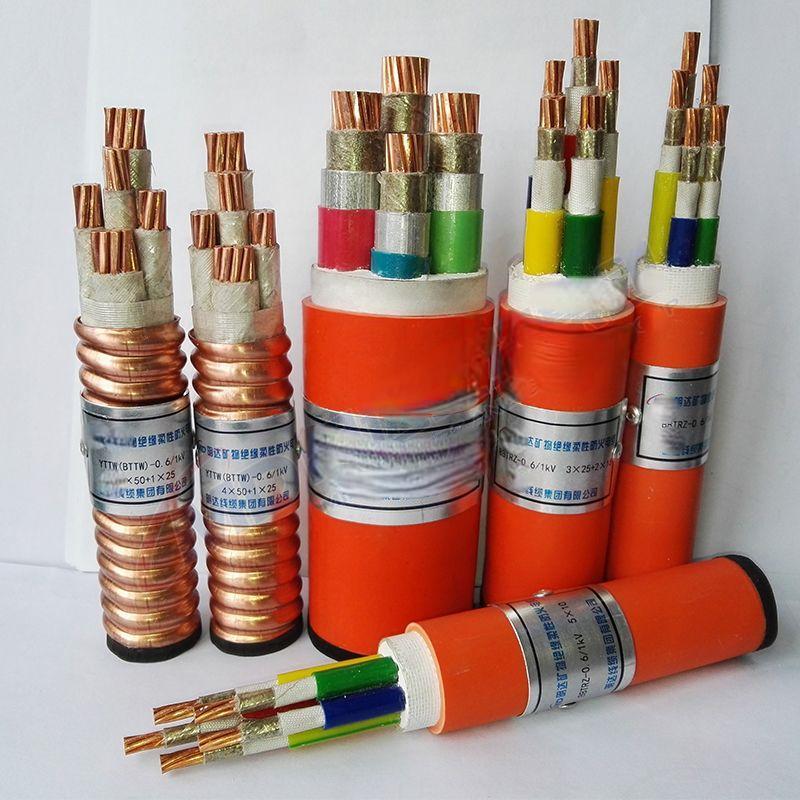ທ.ວ. . 04, 2024 09:41 Back to list
air release valve
Understanding Air Release Valves Importance and Functionality
Air release valves are crucial components in various fluid transportation systems, especially in pipelines that transport water, sewage, or other liquids. These valves serve a specific purpose they help manage air pockets that can accumulate within pipelines. Recognizing the importance of air release valves and their functionality can significantly enhance the efficiency and longevity of fluid systems.
Air is often an unwanted presence in fluid transport systems. When air accumulates in pipelines, it can lead to negative implications such as reduced flow rates, increased pressure, and even system failures. Air pockets create a situation known as air locking, where the flow of liquid is impeded, resulting in inadequate delivery and pressure imbalances. This can cause over-pressurization and premature wear or damage to the pipes and pumps. Consequently, air release valves play a vital role in mitigating these risks.
Functionality of Air Release Valves
Air release valves operate on a straightforward principle they allow trapped air to escape when it accumulates but remain shut when liquid is flowing through the pipeline. Typically, these valves consist of a small float that rises and falls based on the level of liquid and air in the pipeline. When air builds up, the float descends, triggering the valve to open and releasing the trapped air. Once the air is expelled and the liquid level rises, the float moves back up, closing the valve and preventing any liquid from escaping.
There are several designs of air release valves, including automatic and manual types. Automatic air release valves function independently and are most commonly used in large-scale systems. These valves are advantageous because they require minimal operator intervention, ensuring that air is released as necessary without the need for frequent monitoring.
On the other hand, manual air release valves require human intervention to open and close. While they may be less commonly used in large, critical systems, they are often employed in smaller installations or where regulations require operator oversight.
Key Benefits of Air Release Valves
1. Enhancing System Efficiency By eliminating air pockets, air release valves ensure smooth and efficient fluid flow. This not only optimizes the system's performance but also reduces energy consumption associated with pumping processes.
air release valve

2. Preventing Damage The presence of air in a fluid system can cause significant damage over time. By controlling air buildup, air release valves help prevent issues like corrosion, erosion, and mechanical failures, saving organizations costly repairs and system downtime.
3. Improving Water Quality In water systems, air can introduce unwanted contaminants and gases. By maintaining optimal conditions within pipelines, air release valves contribute to better water quality or Fluid integrity, which is essential for both consumer safety and regulatory compliance.
4. Maintaining Pressure Stability Air pockets can lead to unstable pressure levels within a system. Air release valves help maintain balance, ensuring that pressure remains within design parameters, which is especially crucial in systems requiring precision.
Applications of Air Release Valves
Air release valves are versatile and find applications across various industries. They are commonly used in municipal water supply and sewage systems, irrigation and drainage systems, and even in industrial applications such as chemical processing and power generation. In each case, the goal remains consistent to maintain the integrity of fluid transport systems and enhance operational efficiency.
Moreover, air release valves can be found in hydronic heating and cooling systems, where the release of trapped air ensures optimal heat transfer and system performance. In all these applications, the timely expulsion of air can significantly improve the functionality and reliability of the systems involved.
Conclusion
In conclusion, air release valves are indispensable components in any fluid transport system. By preventing the detrimental effects of trapped air, these valves enhance efficiency, maintain pressure stability, and help avoid costly damages. As industries increasingly prioritize system reliability and efficiency, understanding and appropriately implementing air release valves will continue to play a critical role in fluid management and transportation. Investing in the right valve technology can lead to long-term savings and operational success, highlighting the importance of these small yet significant devices in the vast landscape of fluid systems.
Share
-
Reliable Wafer Type Butterfly Valves for Every IndustryNewsJul.25,2025
-
Reliable Flow Control Begins with the Right Ball Check ValveNewsJul.25,2025
-
Precision Flow Control Starts with Quality ValvesNewsJul.25,2025
-
Industrial Flow Control ReliabilityNewsJul.25,2025
-
Engineered for Efficiency Gate Valves That Power Industrial PerformanceNewsJul.25,2025
-
Empowering Infrastructure Through Quality ManufacturingNewsJul.25,2025